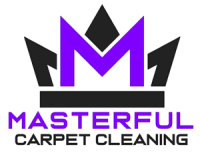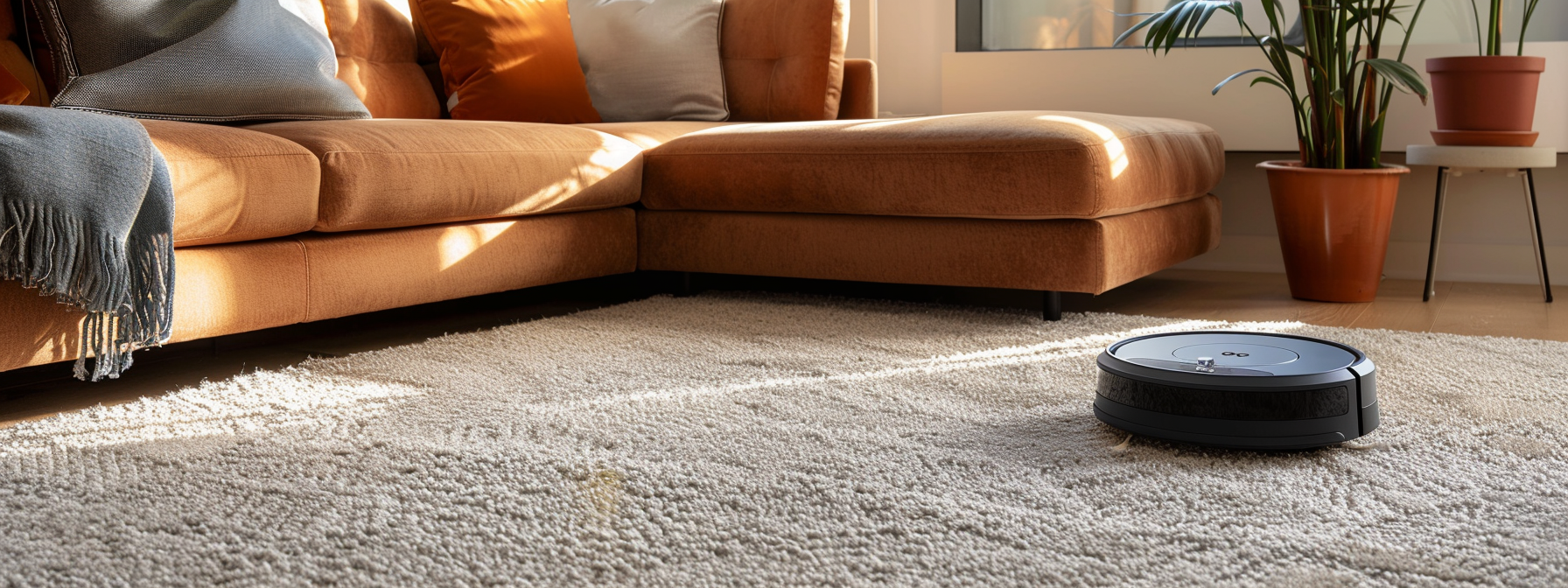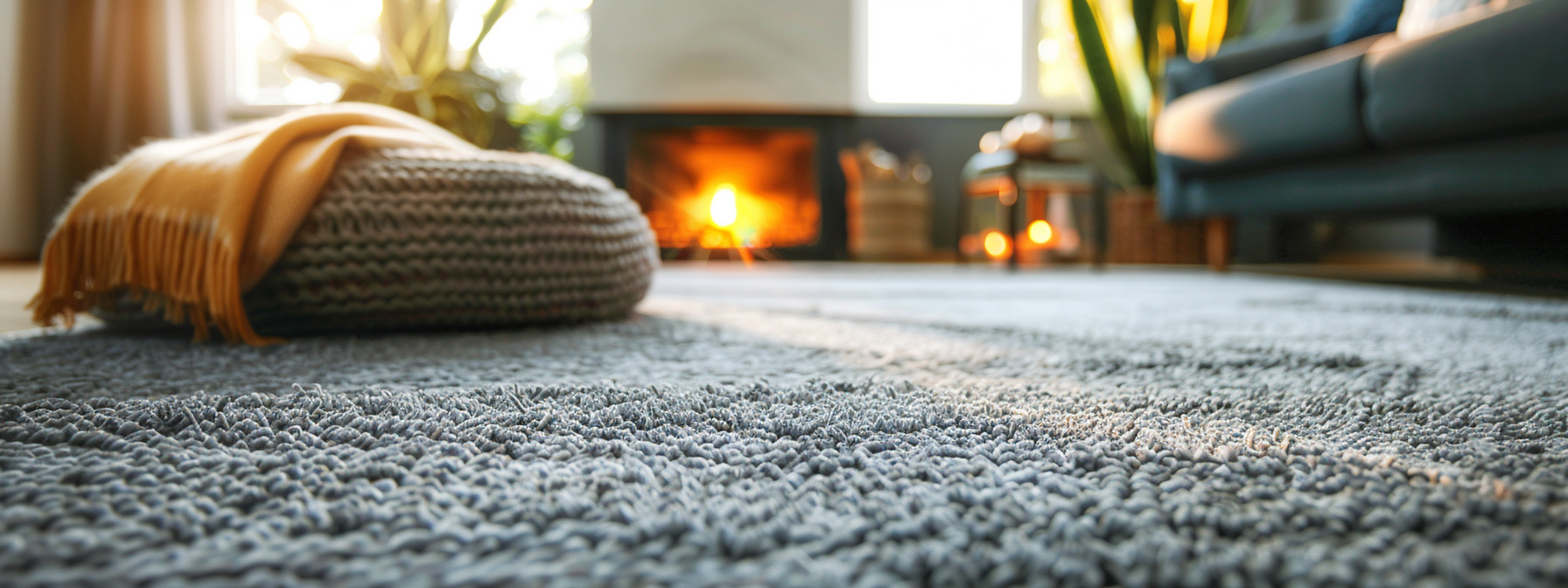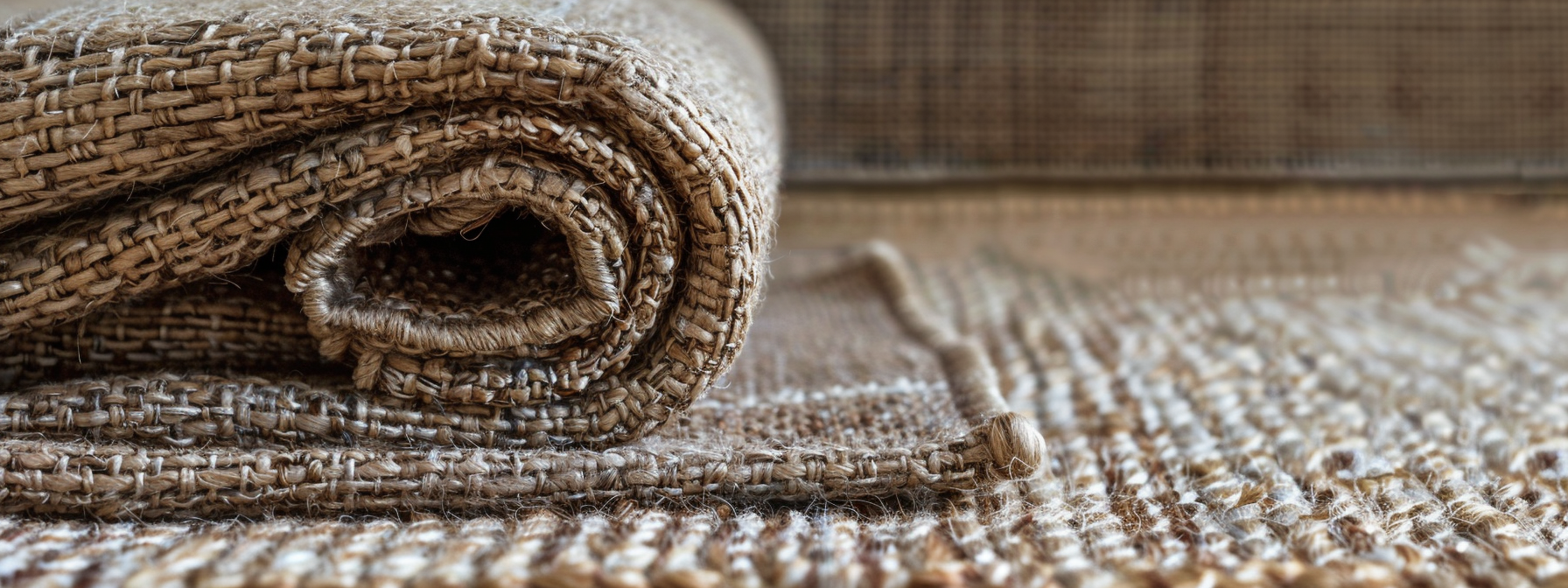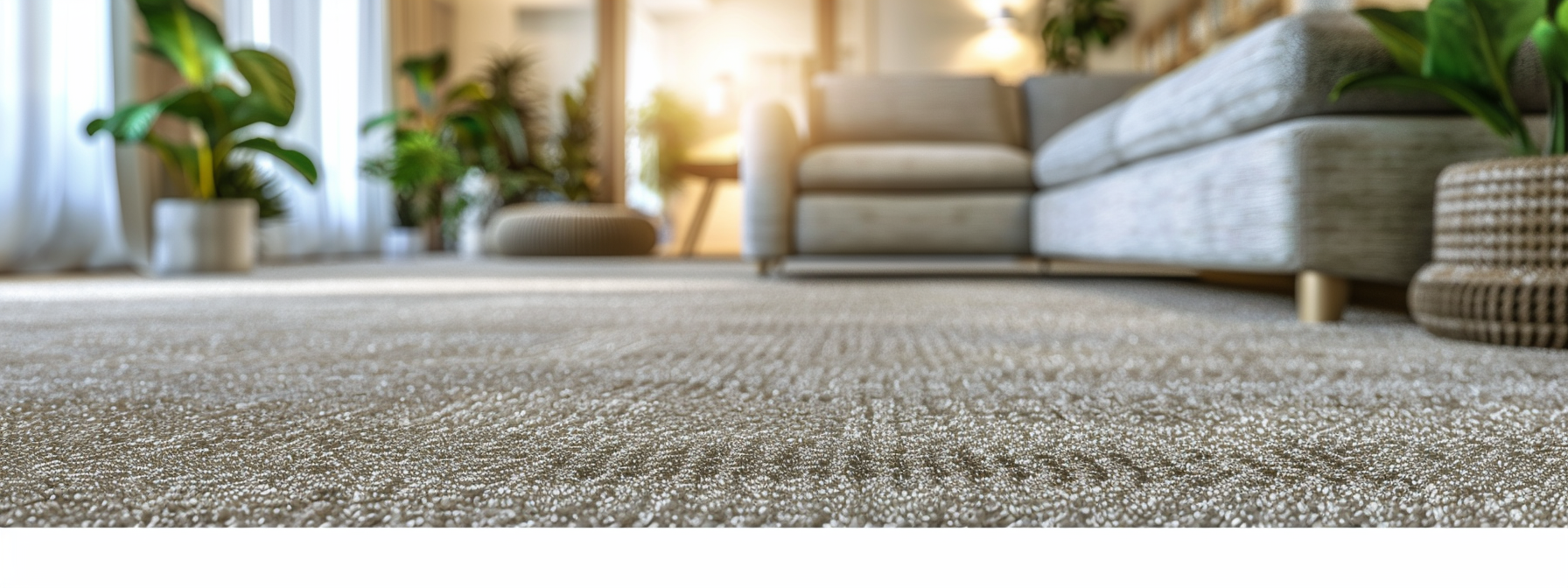The Benefits of Dry Sweeping Your Floors
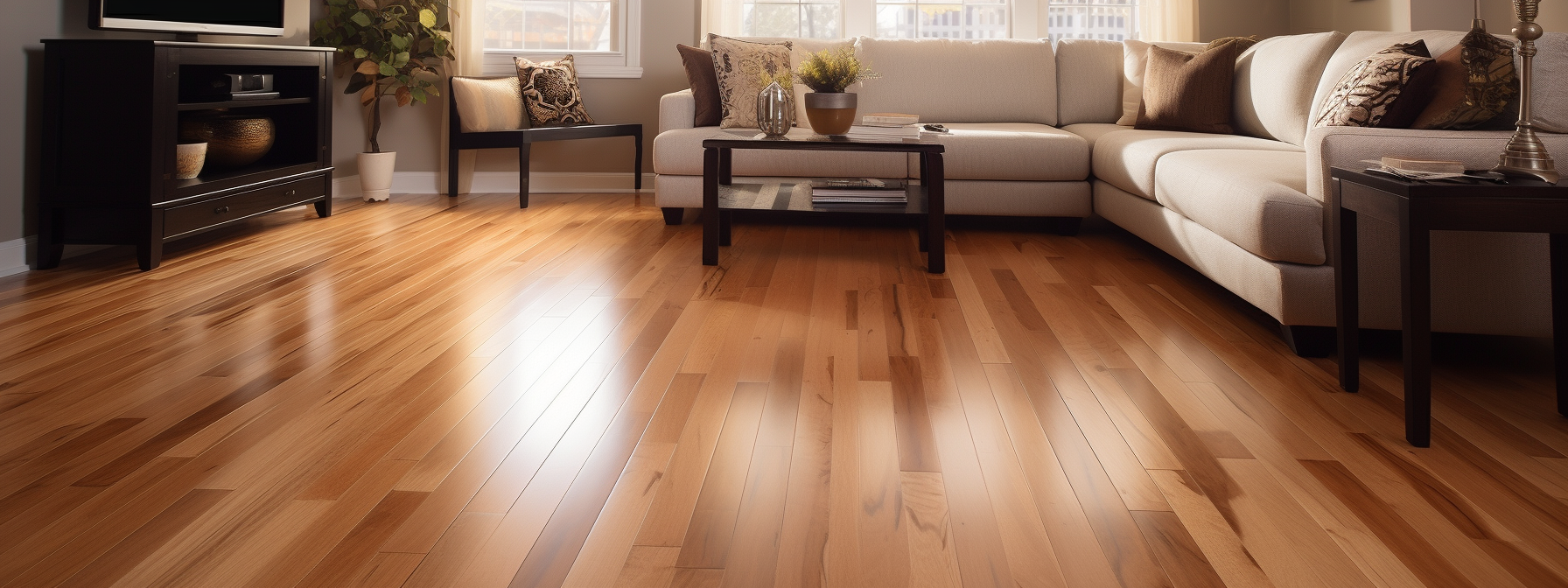
The practice of sweeping, often undervalued in the sphere of domestic chores, plays an important role in maintaining a clean and orderly home.
While it lacks the immediate visual appeal of vacuuming or the tangible results of scrubbing, sweeping is integral to home cleanliness.
Improving Air Quality
A primary benefit of sweeping is the enhancement of air quality within the home. By removing dust, dirt, and other particles from floors, sweeping prevents them from becoming airborne and contributes to indoor air pollution.
This is particularly beneficial for those with allergies or asthma, as regular sweeping can significantly reduce the presence of allergens and dust mites.
Preserving Floor Integrity
Sweeping extends the life of various flooring types by preventing the accumulation of dirt and debris that can lead to stains and damage.
It allows for the immediate identification and cleaning of spills, preventing long-term damage to floors.
Mental Health Benefits
Engaging in the simple, repetitive task of sweeping has been shown to offer mental health benefits. It provides a sense of accomplishment and can serve as a meditative, stress-reducing activity, contributing to an overall improved mood.
Safety Considerations
Regular sweeping enhances safety in the home by reducing the likelihood of slips and falls caused by debris accumulation on floors. This is especially important in households with children or elderly individuals.
Time and Cost Efficiency
Incorporating sweeping into a regular cleaning routine saves time by reducing the need for intensive deep-cleaning sessions.
Sweeping tools are typically more cost-effective compared to other cleaning equipment, with certain eco-friendly options offering long-term financial benefits.
Mindfulness and Physical Activity
Sweeping can be a mindful activity, allowing for a break from digital distractions and fostering concentration and presence. It also provides an opportunity for light physical activity, contributing to overall well-being.
Modern Tools for Enhanced Effectiveness
Advancements in sweeping tools have increased the effectiveness of this cleaning method.
For example, electrostatic brooms attract dirt and dust like a magnet, while microfiber mops are exceptional at capturing dust, particularly on hardwood floors known for dust accumulation.
Dry Mopping: A Complementary Technique
Dry mopping, similar to dry sweeping, involves using a mop without water to pick up loose debris, offering a quick and straightforward cleaning method.
It is especially advantageous for floors that react poorly to moisture, such as wood and laminate.
Effectiveness on Different Floor Types
The effectiveness of dry sweeping and dry mopping varies depending on the floor type. Each flooring material, from hardwood and laminate to tile and vinyl, has specific cleaning requirements that must be adhered to to avoid damage.
For example, wood floors require gentle, moisture-controlled cleaning, while tile floors can handle slightly more moisture but still benefit from the use of microfiber mops and pH-neutral cleaners.

What is Dry Sweeping?
Dry sweeping, synonymous with dry mopping, involves using a specialized tool to clean floors without water or cleaning solutions.
A dry mop or broom is run over the surface, its fabric designed to trap and hold dirt and debris within its fibers, offering a more controlled and less disruptive cleaning compared to traditional sweeping.
Gentle and Regular Maintenance
This method is remarkably gentle, making it suitable for daily use. Regularly incorporating dry sweeping into your cleaning routine not only keeps floors consistently clean but also reduces the need for deep cleaning, prolonging the lifespan of the flooring material.
Benefits Over Traditional Sweeping
Dry sweeping is often preferable to traditional sweeping, especially on surfaces prone to scratching like vinyl and laminate flooring.
The materials used in dry mops are generally softer and more effective at picking up and holding dirt, sand, and dust, reducing the need for a dustpan and minimizing airborne allergens.
It’s a beneficial choice for those with allergies, as it doesn’t disperse dust and allergens into the air as much as traditional brooms might.
Comparison with Wet Mopping
While wet mopping provides a more thorough clean, dry sweeping is invaluable for quick refreshes and as a precursor to wet mopping.
It removes loose dirt and hair, making wet mopping more efficient and keeping mop water cleaner for longer.
Technique and Tools
Utilizing a dry mop involves a systematic approach to ensure thorough coverage and cleanliness.
The process includes adjusting the handle for comfort, methodically moving the mop in a back-and-forth motion while keeping it on the floor, and regularly checking for accumulated dirt.
This procedure ensures that no spots are missed and that the floor is consistently clean across its entirety.
The Composition of Dry Mops
Dry mops are distinct in their construction. They have rotating or swivel heads with long handles for upright use.
The mop heads, often made of long cotton strings or microfiber, are designed to trap particles effectively.
Microfiber, in particular, is adept at capturing microscopic particles, including bacteria. These mop heads can often be washed and reused, making them a sustainable option for regular cleaning.
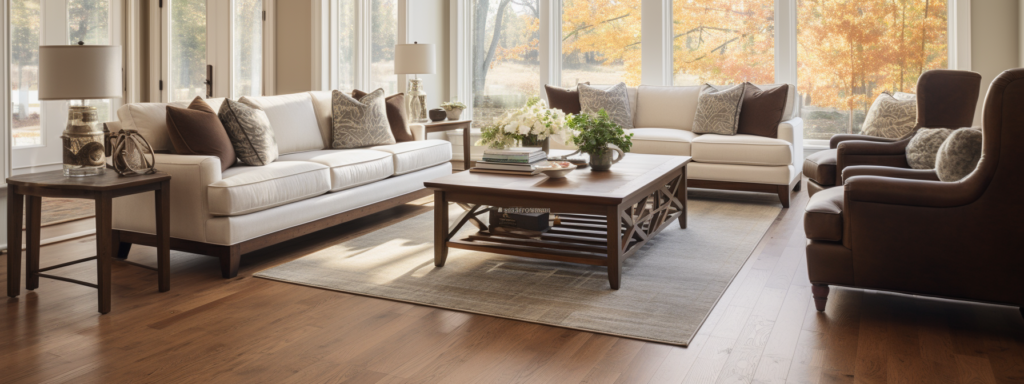
The Advantages of Dry Sweeping
Enhancing Indoor Air Quality
Dry sweeping significantly improves the air quality in your home. Removing dust, dirt, and other particles before they become airborne, helps maintain a cleaner atmosphere, important for those with allergies or asthma.
This method effectively minimizes the circulation of irritants and allergens, promoting a healthier living environment.
Preserving Floor Integrity
Regular dry sweeping is instrumental in maintaining the condition of your floors. It prevents the accumulation of dirt and debris that can lead to stains and scratches, especially on sensitive surfaces like hardwood, carpeting, tile, and grout.
By promptly addressing spills and dirt, dry sweeping plays an important role in prolonging the life and appearance of your flooring.
Contributing to Mental Well-being
The simple act of dry sweeping can have a positive impact on your mental health. Engaging in this task provides a break from the daily routine, offering a sense of accomplishment and reducing stress levels.
This regular, productive activity helps in breaking the monotony and enhances the overall mood.
Ensuring Safety
Dry sweeping contributes to the safety of your home by preventing slips and falls.
Regular debris removal reduces the risk of accidents, making it an essential practice in households with children or elderly individuals. It ensures that walkways are clear and safe for everyone.
Economic Efficiency
Choosing to dry sweep is a cost-effective cleaning method. It saves time and resources by reducing the frequency of deep cleanings and the need for expensive equipment.
Many dry sweeping tools are affordable and don’t require additional accessories, making it a budget-friendly choice compared to other cleaning methods.
Promoting Mindfulness and Physical Activity
Dedicating time to dry sweeping can be a mindful exercise that diverts attention from digital distractions.
It encourages mindfulness, increases focus, and provides an opportunity for light physical exercise, contributing to both mental and physical well-being.

Floor Types and Their Needs
Specificity in Cleaning Approaches
The cleaning approach must be tailored to the type of flooring to avoid damage.
Each surface requires specific processes, tools, and methods. Using inappropriate cleaning products or methods can lead to irreversible damage.
Wood Floors
Wood floors are particularly sensitive to moisture. It’s important to use a pH-neutral cleaner and to avoid overly wet mops.
The process involves gentle vacuuming and using a microfiber mop with a dampened pad for cleaning, ensuring the wood’s integrity is maintained.
Tile Floors
Cleaning tile floors involves vacuuming and using a pH-neutral cleaner with microfiber pads.
Attention to grout lines is important, requiring a grout brush for detailed cleaning. Ensuring the mop pads are damp but not wet is key to preventing damage and ensuring a thorough cleaning.
Laminate Floors
Laminate floors demand a similar approach with a focus on preventing moisture penetration.
Using a pH-neutral cleaner and a microfiber mop, the cleaning should be done in sections to avoid streaking and moisture damage. Quick drying after cleaning is essential to maintain the quality of laminate floors.
Linoleum Floors
Linoleum, a durable and naturally antimicrobial material, requires care similar to wood floors.
A pH-neutral cleaner and a microfiber mop are used, ensuring the mop is damp but not wet to avoid moisture damage. Regular polishing can extend the life and appearance of linoleum floors.
Vinyl Floors
Vinyl floors, while durable, are susceptible to scuffing. Cleaning involves vacuuming and mopping with a suitable cleaner, ensuring the mop pads are damp but not wet.
Using protective measures like furniture sliders can prevent scratches and maintain the floor’s appearance.
Marble Floors
Marble floors require careful cleaning due to their porous nature. A pH-neutral cleaner and a microfiber mop are used, and the floor must be dried immediately after cleaning to prevent streaking. Regular sealing is recommended to protect the marble and maintain its aesthetic.
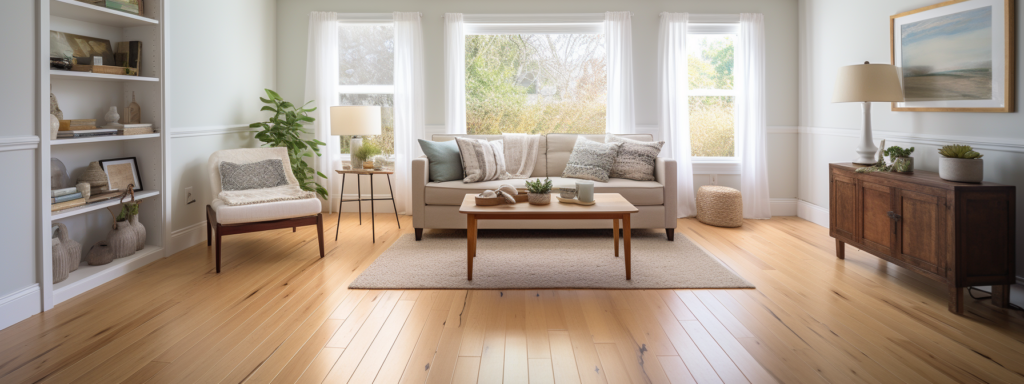
Best Practices for Dry Sweeping
Preparing the Area
Begin by decluttering the area to be swept. Remove any obstacles, small furniture, or rugs that may hinder the sweeping process.
It’s also important to clean up any liquid spills before sweeping, as trying to sweep wet floors can create a messier situation.
Selecting Appropriate Tools
The choice of broom is important. For indoor use, opt for brooms with softer bristles, as they are gentler on floor surfaces.
For reaching tight spaces and corners, brooms with angled bristles are ideal. Ensure that the dustpan you use has an edge-to-edge seal for efficient debris collection.
Developing a Systematic Approach
Choose a sweeping strategy that works best for you, whether it’s sweeping from back to front or dividing rooms into smaller sections.
The key is consistency to avoid missing spots. Always sweep towards the exit to avoid stepping on the swept area.
Technique Matters
Use light pressure and continuous motion while sweeping. Short, quick strokes are often more effective.
Keep ergonomics in mind to avoid back strain. Focus on using your arms and maintaining a steady spine.
Specialized Techniques for Different Floors
- Hardwood Floors: Use a soft-bristled broom or microfiber mop. Sweep in the direction of the wood grain, starting from the edges towards the center. For residual dust, use a damp mop with a hardwood floor cleaner.
- Tile Floors: Employ a broom with soft bristles or a microfiber mop. Sweep in straight lines, overlapping each stroke. For thorough cleaning, especially of grout lines, use a damp mop.
- Carpeted Floors: Use a soft-bristled broom or a vacuum cleaner with a floor attachment. Start from the edges, working towards the center in short, overlapping strokes. A carpet sweeper is effective for high-traffic areas.
- Laminate Floors: Sweep with a soft-bristled broom or microfiber mop, avoiding water or cleaning solutions to prevent warping. Use long, overlapping strokes, starting from the edges towards the center.
- Concrete Floors: Use a broom with stiff bristles or a push broom. Sweep in short, overlapping strokes from the edges to the center, ensuring all debris is collected.
Disposal and Cleanup
Once the sweeping is done, carefully dispose of the collected dirt to avoid spilling.
Clean your broom after use to remove accumulated dirt and dust. Regularly washing the broom will ensure its effectiveness for future use.
Additional Tips
- Dustpan Technique: For more efficient collection, use the ‘drawbridge’ technique with the dustpan. Lift the back of the dustpan slightly while keeping the lip in contact with the floor.
- Dry Mopping: After sweeping, consider dry mopping, especially for removing finer dust particles. This is especially effective on hard surface floors like tile or laminate.
- Wet Dusting: To capture the smallest dust particles, follow up with a wet mop. This is known as ‘wet dusting’ and is effective in ensuring a thoroughly clean floor.
By implementing these best practices, you can ensure effective and efficient dry sweeping, tailored to the needs of different floor types, enhancing the cleanliness and longevity of your floors.

Embracing the Simplicity and Efficacy of Dry Sweeping
Dry sweeping stands as a testament to the simplicity and effectiveness of maintaining clean, healthy living environments.
By understanding and applying the best practices tailored to different floor types, employing precise techniques, and choosing appropriate tools, individuals can significantly enhance the longevity and appearance of their floors.
Embrace dry sweeping as a cornerstone of your cleaning routine, reaping the benefits of improved air quality, preserved floor integrity, and a more inviting home.
Author
-

As the Co-Owner of Masterful, Randy has been providing quality cleaning services to the Salem and Portland areas of Oregon for many years. He has built a reputation for excellence in the industry. His team take prides in using the latest cleaning techniques and technologies to deliver exceptional results every time.
